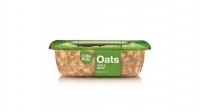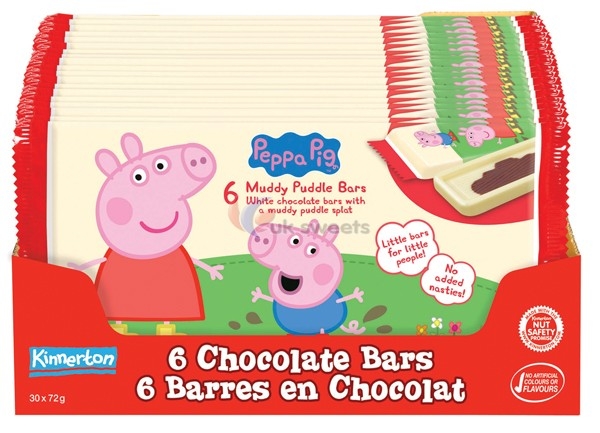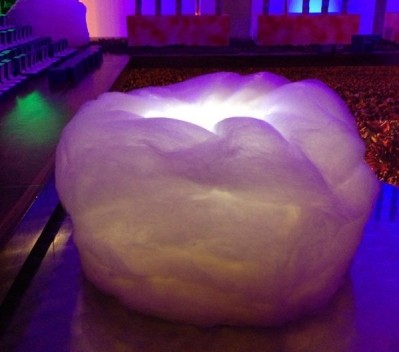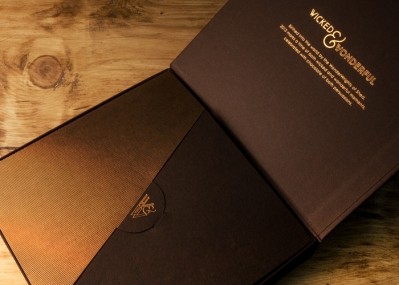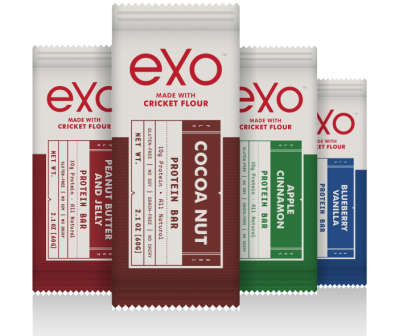Top five global F&B trends, Gulfood Manufacturing 2015
‘Sweetshop of the Future’ Part I: Cupcake vending machines, black water, edible packaging & disruptive chocolate
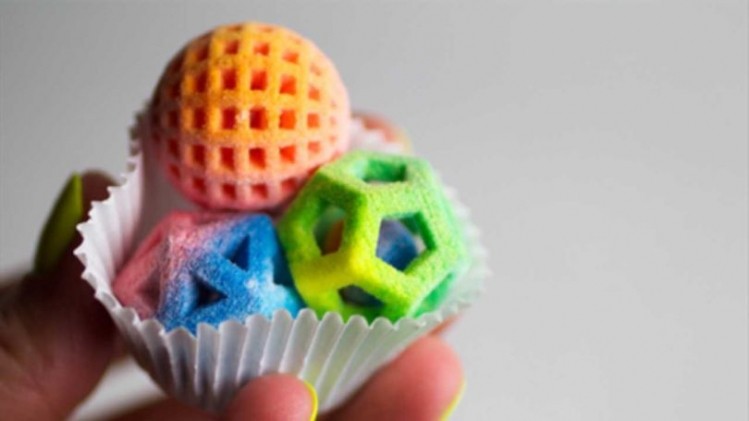
Speaking at the F&B Innovation Conference at Gulfood Manufacturing in Dubai last month, Gaye claims one of the biggest things with foods is it is aspirational – who we think we are and who we would like to be.
Chia seeds and insects
She said future driving forces in the F&B sector will be the economy - where food prices will double by 2020, social unrest, civil unrest, more natural disasters and drought, citing the US west coast and Australia as examples where the climate will affect meat crops which will become limited in supply.
“There will also be a lot more regulation and transparency,” said Gaye.
“Up until now brands have been able to slip under the radar but now it’s becoming more exposed, ie the Horsemeat scandal. We are seeing a lot more transparency coming through.
“There is a lot of regulation around new foods within the EU ie chia seeds and insects, we are starting to see more incentives in the labelling laws, (The UK Food Standards Agency (FSA) is seeking views on chia seeds – a herbaceous plant belonging to the mint family - to support its assessment of an application made by Teoli Mexican Speciality Foods which wants to sell them in the EU).
“In Europe this year, we saw more regulations on branding and marketing. Words such as ‘natural’, ‘healthy’, ‘good for you,’ are now banned and even ‘probiotics’ is becoming questionable.
“There are a lot of ways in which branding and marketing has enabled products to be sold under a generic false ideal, but people are getting more savvy and brands have to be more clearer about what they are saying and more transparent.”
Geopolitically, Gaye says we have an increasing population of the over 65s, which is now the new 50. People don’t want to be seen as old any more but ‘cool and relevant’.
She said more people with grey hair are being used in marketing campaigns, and manufacturers are targeting them with products for certain dietary requirements, nutritional benefits for various consumer groups, and creating foods for over 65, as opposed to products specifically for babies, men, or women.
Top five global F&B trends
Gaye’s top five global macro trends will be; texture, water, vending, health and packaging.
“Texture is interesting because it’s a counter balance to our virtual world, what we’ve been seeing up until now is a desperation for simplicity, smoothness, flatter, thinner. Brands are looking for that next USP.
“Flavor has been the king for a long time for example, salted caramel, snail porridge, bacon and egg ice cream - all those things that give consumers the ‘wow’ factor but texture is the new development.”
According to Gaye, the other thing about texture is the ‘Kidult’ generation; people aged between 20-30, still living at home, but who have a job and a disposable income.
She said Kidults love cute things, like Peppa Pig sweets, Disney themed confectionery, anything that is fun and whimsical. It’s a great brand sector for food marketing because they have lots of money but they are also the first generation to really read the labels on food and contrast the need for healthy eating with sweet treats.
“Texture allows companies to use less of the actual product itself, eg chocolate prices are already on the increase, but with aerated foam it gives the same mouth feel, but uses the surface area of the chocolate a lot less,” she added.
“We are also seeing more studies to change the shape of chocolate, which again changes the perception of what the chocolate tastes like, eg Toblerone in the shape of a triangle. We are going to see the mouthfeel perception come into play a lot more.
“By customizing and playing with the texture of chocolate manufacturers will start to change the dimensions of a product, ie a crisp cone paired with ice cream or sherbet, a reversed out KitKat with the wafer on the outside.
“We are already seeing more gels and jellies coming into play such as gelatina, a Mexican desert which looks like a jelly globe with a splurge of fondant in the middle, which plays with our textual experience.
“3D printing will change the shape of chocolate in the future for different types of confectionery structures. We will also be seeing more food you can play with, flavoured doughs, edible dining ware and food that looks like it’s moving on the plate.
“There is a sense of disruption evolving - playing with texture and taking it to another level to bring that sense of chaos, a backlash to this idea of beautiful, stopping that perfect manufacturing process where everything looks the same, swapping it for small batch production, where every imperfection comes in instead of being disregarded.”
Look out for ‘Sweetshop of the Future’ Part II published tomorrow
